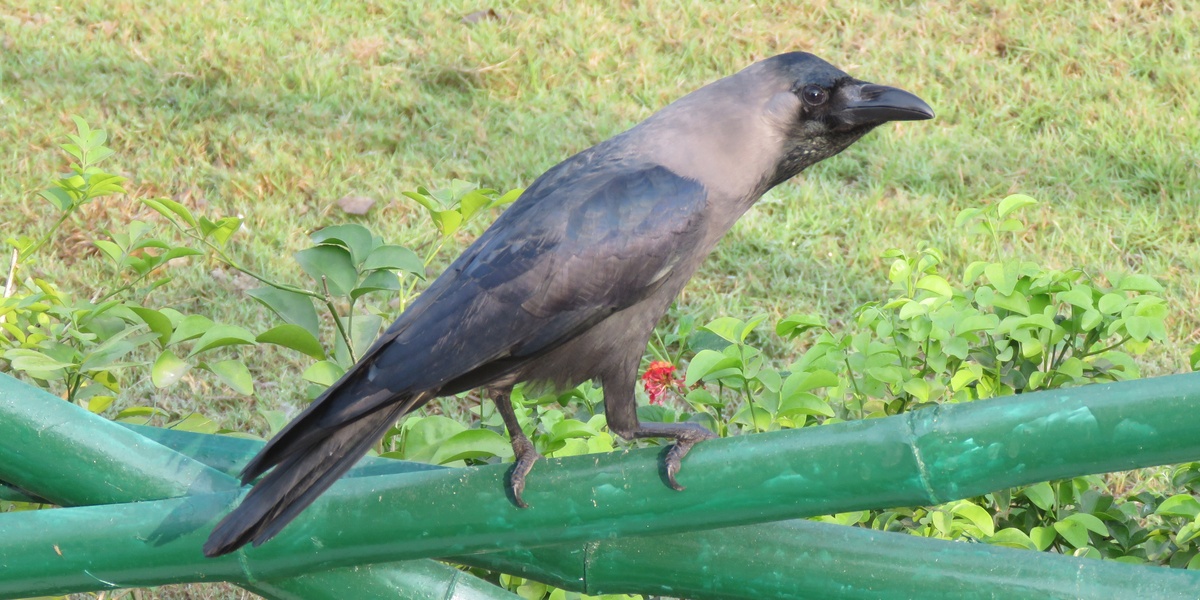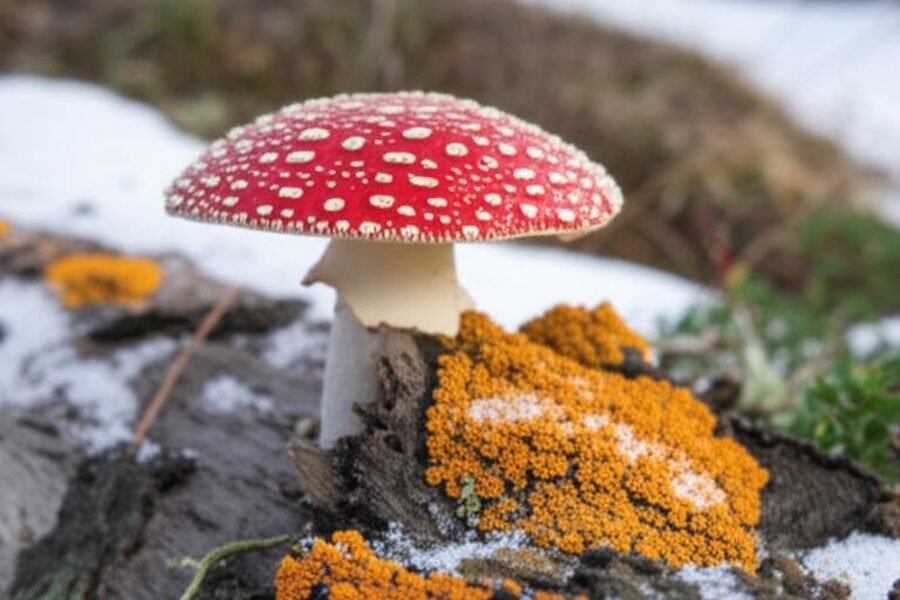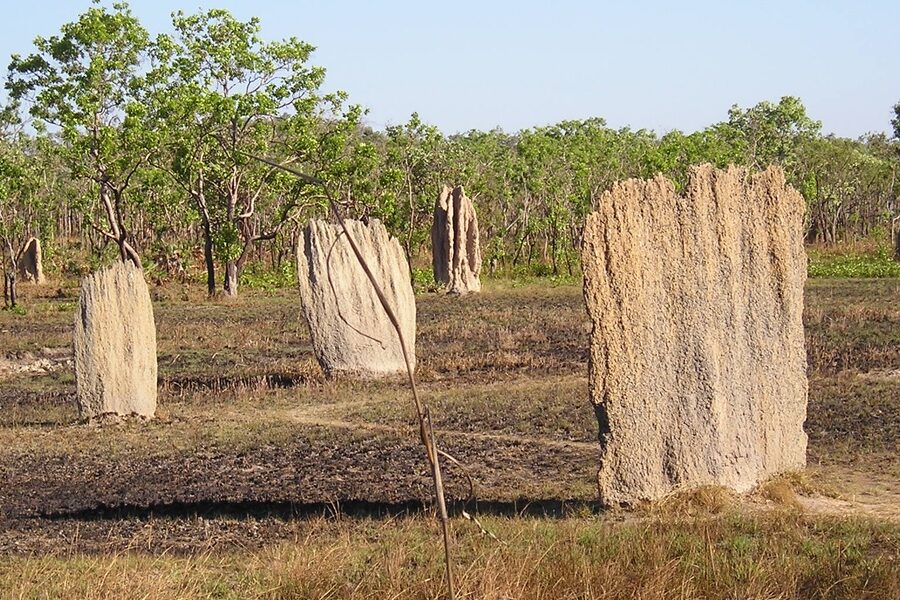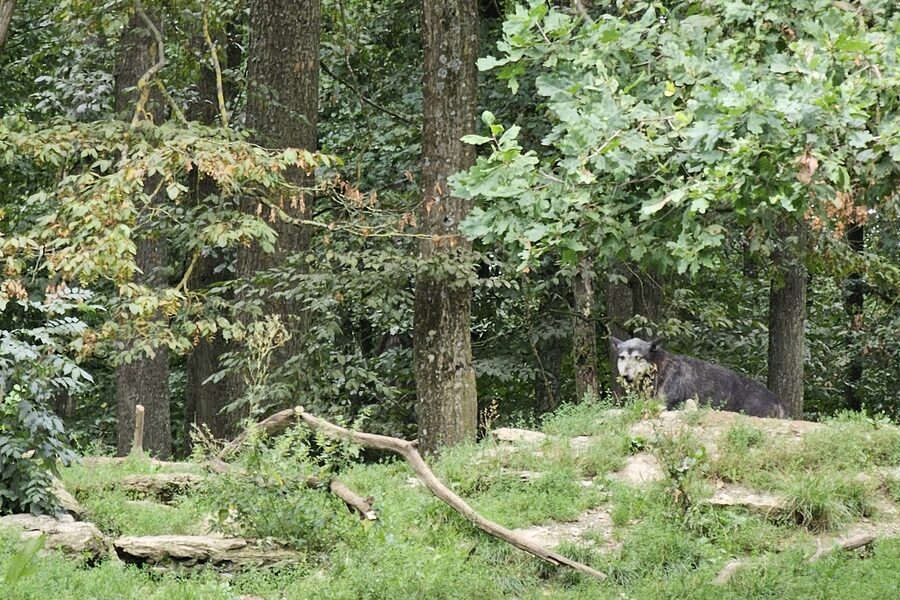The UAE’s varied coastlines, deserts and wetlands are home to many native species — but they’re also vulnerable to organisms that arrive from elsewhere and alter habitats, fisheries and public health. Understanding which non-native species are present helps managers, researchers and residents spot risks early and respond more effectively.
There are 22 Invasive Species in the United Arab Emirates, ranging from the African Sharptooth Catfish to the Yellow Fever Mosquito. For each species you’ll find below entries organized with Scientific name,Origin (region),Ecosystem & UAE distribution so you can quickly see where each species came from and how it’s spreading — you’ll find below.
How do these invasive species impact UAE ecosystems and people?
Impacts vary by species: some compete with native fish or plants and change food webs, others damage infrastructure (biofouling) or carry diseases that affect humans and livestock. Economic effects appear in fisheries, agriculture and coastal services, so early detection and targeted control reduce long-term costs.
What practical steps can residents and visitors take to help prevent new invasions?
Avoid releasing pets or aquarium organisms, clean boats and gear between water bodies, report unusual sightings to local environmental authorities, and follow biosecurity guidance on plant and animal imports — simple actions that significantly lower the chance of new introductions.
Invasive Species in the United Arab Emirates
| Common name | Scientific name | Origin (region) | Ecosystem & UAE distribution |
|---|---|---|---|
| Mesquite | Prosopis juliflora | The Americas | Wadis and sandy plains; northern and eastern emirates. |
| Red Palm Weevil | Rhynchophorus ferrugineus | Southeast Asia | Date palm plantations and oases; widespread across the UAE. |
| Common Myna | Acridotheres tristis | South Asia | Urban and agricultural areas; widespread throughout the UAE. |
| Rose-ringed Parakeet | Psittacula krameri | Africa & South Asia | Urban parks, gardens, and farms; especially in Dubai and Abu Dhabi. |
| Feral Cat | Felis catus | Domesticated (Global) | Urban, suburban, and natural areas; ubiquitous. |
| Red-eared Slider | Trachemys scripta elegans | North America | Freshwater ponds, lakes, and wadis; found in urban parks. |
| Tilapia | Oreochromis spp. | Africa | Wadis, dams, and man-made lakes; widespread. |
| Himalayan Tahr | Hemitragus jemlahicus | Himalayas | Hajar Mountains; Wadi Wurayah National Park and surrounding areas. |
| Damask Tree | Conocarpus lancifolius | Horn of Africa & Yemen | Urban areas, roadsides, and escaped into natural wadis. |
| Red-backed Spider | Latrodectus hasselti | Australia | Urban and suburban areas; often in gardens and outdoor structures. |
| Brown Rat | Rattus norvegicus | Asia | Urban areas, ports, and farms; widespread. |
| House Sparrow | Passer domesticus | Eurasia & North Africa | Urban and agricultural areas; ubiquitous. |
| Feral Pigeon | Columba livia domestica | Domesticated (Global) | Cities, towns, and industrial areas; ubiquitous. |
| Mediterranean House Gecko | Hemidactylus turcicus | Mediterranean | Buildings and urban structures; widespread. |
| White Leadtree | Leucaena leucocephala | Central America | Disturbed land, roadsides, and urban fringes. |
| Tomato Leafminer | Tuta absoluta | South America | Greenhouses and agricultural fields; throughout the UAE. |
| African Sharptooth Catfish | Clarias gariepinus | Africa & Middle East | Freshwater dams, wadis, and aquaculture facilities. |
| Tropical Fire Ant | Solenopsis geminata | The Americas | Irrigated areas, parks, and agricultural land. |
| Yellow Fever Mosquito | Aedes aegypti | Africa | Urban areas, in and around homes; concentrated in cities. |
| Washingtonia Fan Palm | Washingtonia filifera | North America | Wadis, oases, and urban parks; escaped from cultivation. |
| Guppy | Poecilia reticulata | South America | Man-made ponds, slow-moving streams, and wadis. |
| House Mouse | Mus musculus | Asia | Buildings, homes, and agricultural storage; widespread. |
Images and Descriptions

Mesquite
A thorny tree forming dense, water-guzzling thickets that displace native vegetation. Its aggressive root system lowers the water table, making it a high-priority species for control. Report large infestations to local municipalities.
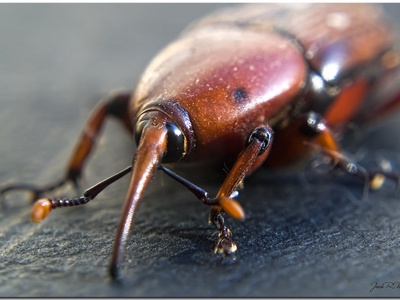
Red Palm Weevil
A large beetle whose larvae bore into and kill date palms, causing immense economic damage. Infested trees show wilting fronds and can collapse. This is a major agricultural pest under active management.

Common Myna
An aggressive, noisy brown bird with a yellow beak and eye-patch. It outcompetes native birds for nest sites and food, often forming large, disruptive flocks in cities.
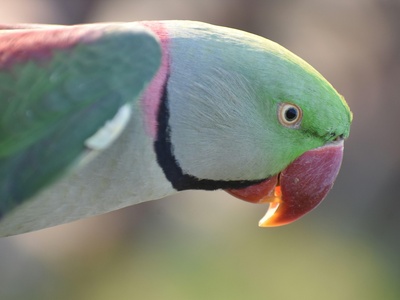
Rose-ringed Parakeet
A bright green parrot with a long tail and a distinct red ring on the male’s neck. These noisy birds form large flocks and compete with native cavity-nesting birds like owls and woodpeckers for homes.
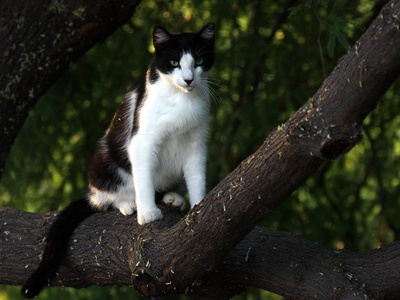
Feral Cat
Domestic cats living in the wild are a major threat to native wildlife. They are highly effective predators of birds, reptiles, and small mammals, contributing to biodiversity loss. They can also spread disease.

Red-eared Slider
A popular pet turtle often released into the wild. Identified by the red stripe behind its eye, it outcompetes native species for food and basking spots and can introduce diseases.

Tilapia
Several species of tilapia, introduced for aquaculture, have established wild populations. They are highly adaptable, reproduce quickly, and outcompete native fish for resources, disrupting aquatic ecosystems.
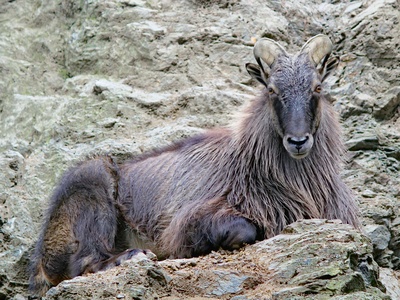
Himalayan Tahr
A large goat-like animal that escaped from private collections. It overgrazes native plants, causes soil erosion, and competes with native herbivores. Its population is a significant conservation concern in mountain protected areas.

Damask Tree
A fast-growing tree widely planted for landscaping. Its dense roots can damage infrastructure and it consumes vast amounts of groundwater, threatening native species in areas where it escapes cultivation.

Red-backed Spider
Also known as the Australian Black Widow, its bite is venomous and medically significant. This small black spider with a prominent red stripe on its abdomen has become established in populated areas, posing a public health risk.

Brown Rat
A highly adaptable rodent that lives in close association with humans. It damages property, contaminates food supplies, and is a major carrier of diseases. Its presence poses significant public health and economic risks.
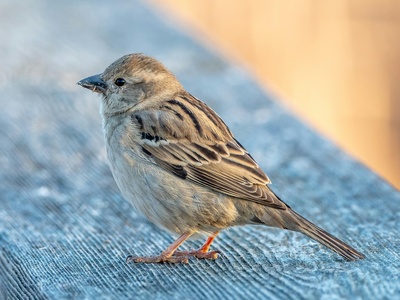
House Sparrow
A small, familiar brown bird that aggressively competes with native bird species for nesting sites and food resources. While common, its high numbers in human-modified landscapes can displace local wildlife.

Feral Pigeon
Descended from domesticated rock doves, these birds thrive in urban environments. Their droppings damage buildings and can spread diseases, while large flocks can become a public nuisance and health hazard.

Mediterranean House Gecko
A small, nocturnal, pinkish-skinned gecko often seen on walls near lights. It has successfully displaced some native gecko species in urban environments by outcompeting them for food and habitat.

White Leadtree
A fast-growing shrub or small tree that forms dense, impenetrable thickets. It aggressively outcompetes native plants for sunlight and water, reducing local biodiversity. Its foliage is also toxic to some animals.
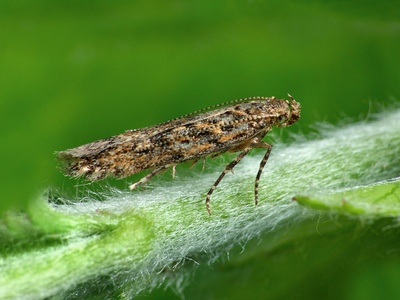
Tomato Leafminer
A tiny moth whose larvae burrow into tomato plants, leaves, and fruit, causing devastating crop losses. It is a major economic pest for the agricultural sector and requires intensive management to control.
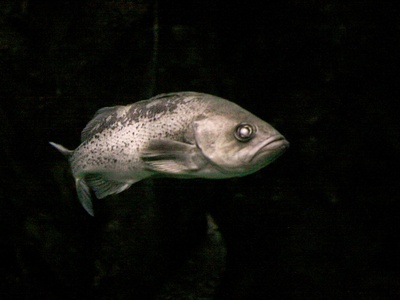
African Sharptooth Catfish
A large, air-breathing catfish introduced for farming. It is a voracious predator that feeds on native fish, amphibians, and invertebrates, severely impacting freshwater ecosystems where it has escaped.
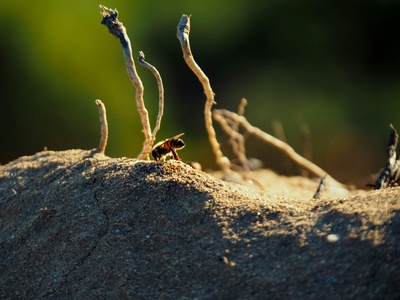
Tropical Fire Ant
A small, reddish-brown ant known for its painful, burning sting. It forms aggressive colonies that can displace native ant species, harm wildlife, and pose a nuisance and health risk to people and pets.

Yellow Fever Mosquito
A small, dark mosquito with white markings on its legs, known for biting during the day. It breeds in small containers of standing water and is a primary vector for diseases like dengue and Zika.

Washingtonia Fan Palm
A tall palm tree with a thick trunk, often used in landscaping. It has naturalized in some wadis, where it consumes significant amounts of water and outcompetes the native and culturally important Date Palm.

Guppy
A small, colourful fish popular in the aquarium trade and often released into local waters. It reproduces rapidly and can outcompete smaller native fish species for food, disrupting the local aquatic food web.

House Mouse
A small rodent that thrives alongside humans. It contaminates food, damages structures by gnawing, and can transmit diseases. Its rapid breeding cycle allows populations to grow quickly, making it a persistent pest.
